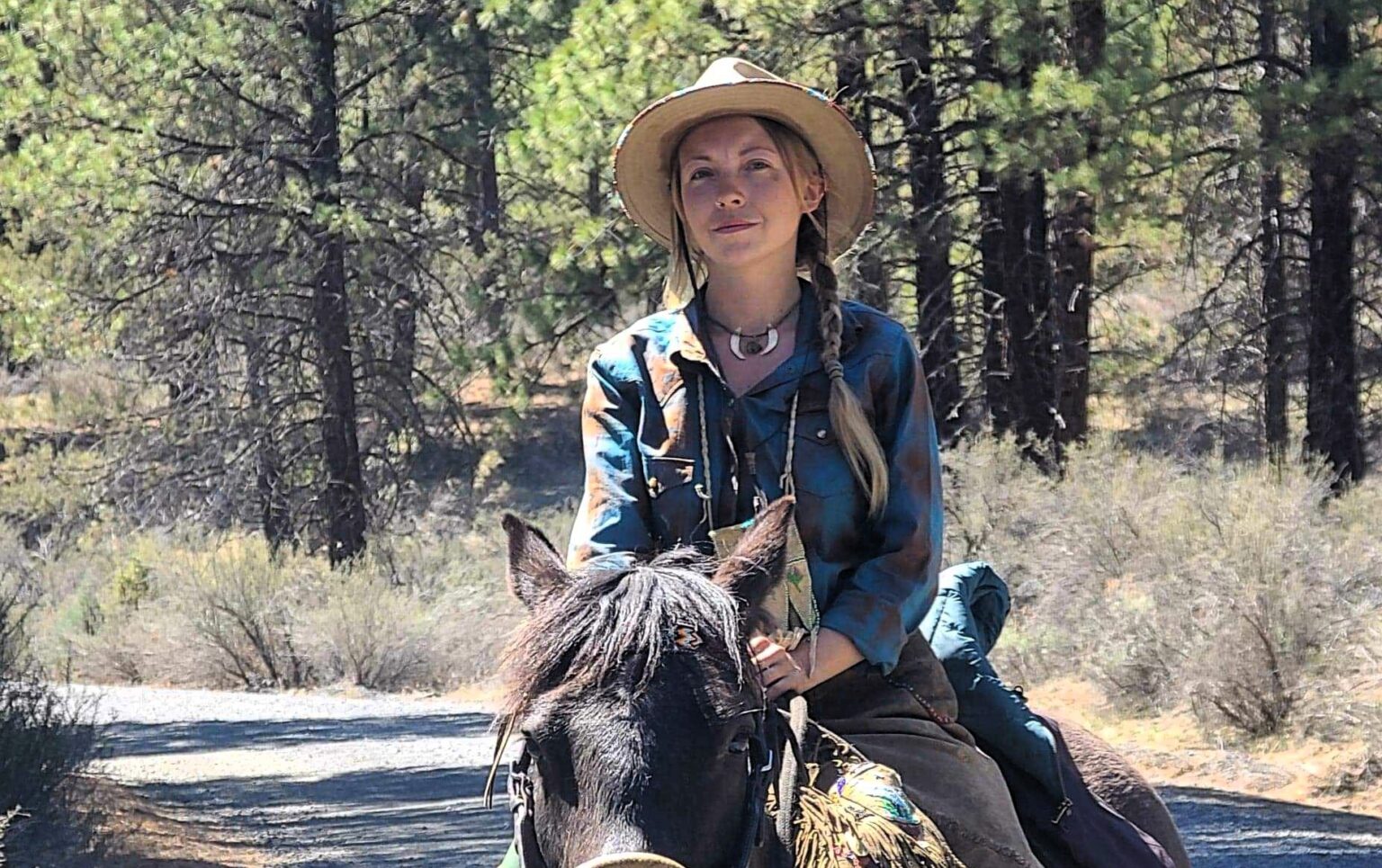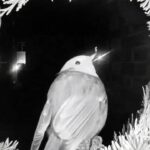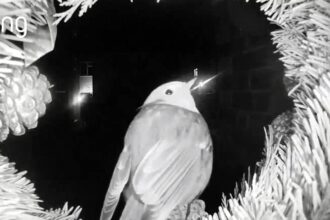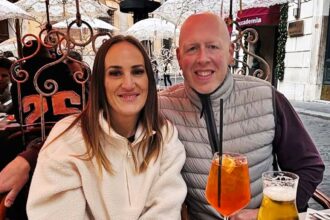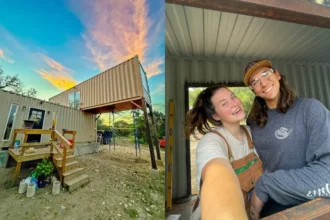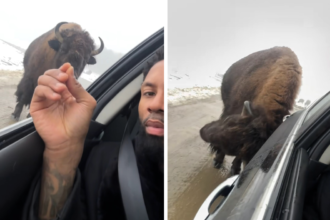A woman who has lived in a tent for the past five years has lifted the lid on what life is really like in the great outdoors – including the incredible amount of money she saves with her alternative lifestyle.
Manders Barnett considers herself to be an outside dweller, spending her days salvaging roadkill to eat and make clothes from, growing vegetables and foraging plants for medicine.
The 33-year-old’s quirky way of life saves her a whopping $17,000 (£13,350) a year, with her outgoings totalling just $500 a month (£392).
- Advertisement -
While she says trolls online “judge” her for living in an alternative way and not having a house, she loves spending as much of her time outside as possible – and claims it isn’t cold even in the winter.
“I live full-time in my 10×12-foot wall tent,” Manders, who sells homemade goods on Etsy, told What’s The Jam.
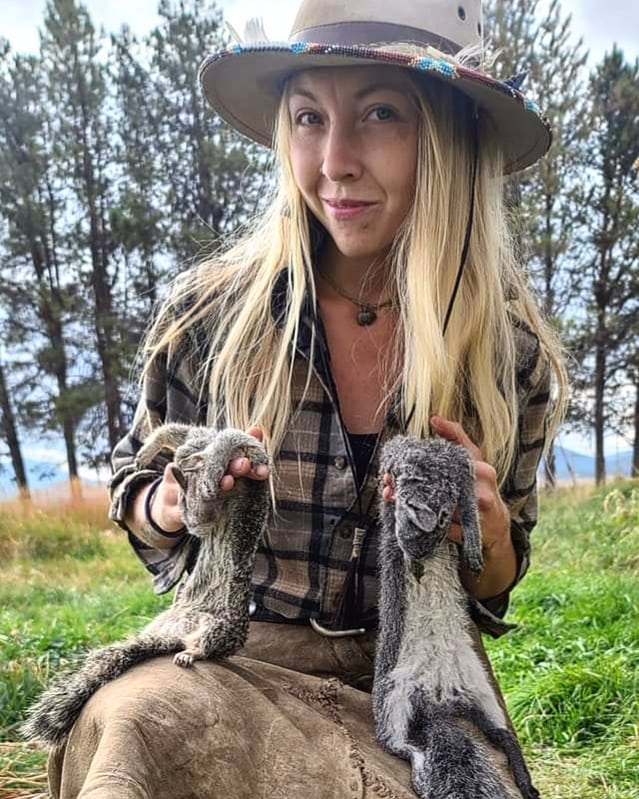
“It’s well-insulated, and with a fire in the woodstove it maintains a cosy temperature.
“I say I live outside because I consider it to be more inside than outside.
“However, 90% of my day is spent fully outdoors.
- Advertisement -
“I’ve learned many sustainable skills like hide tanning, basketry, hunting, knitting, foraging, and clothes-making.
“I get to work for myself as a content creator and a crafter, make my own schedule, and generally spend more quality time with the landscape around me to try to understand it better – none of which I would be able to do if I had stayed in the city working all of my free time away.”
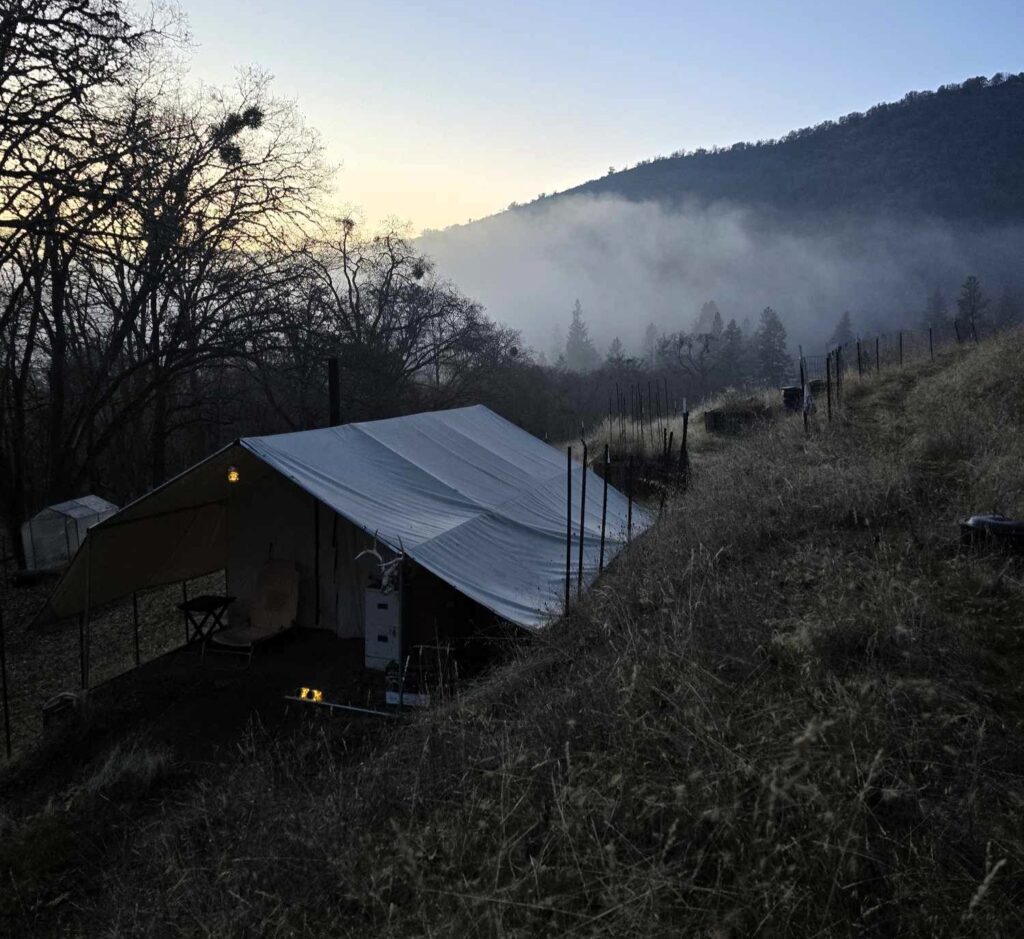
Manders currently lives on private land with permission from the landowners, and a big draw of her lifestyle means she has fewer outgoings.
- Advertisement -
She added: “I still have bills but my expenses are far lower than they were when I had an apartment, utilities, and car payments.
“I used to pay $1,200 a month in rent and utilities when living in an apartment.
“I also had car payments and renters insurance as well as a large phone bill each month, totalling over $2,000 each month.
“I used to have yearly expenses of about $23,000.
“Today with no rent, bills for electricity, or car payments my annual expenses come to around $6,000, saving me $17,000 a year.
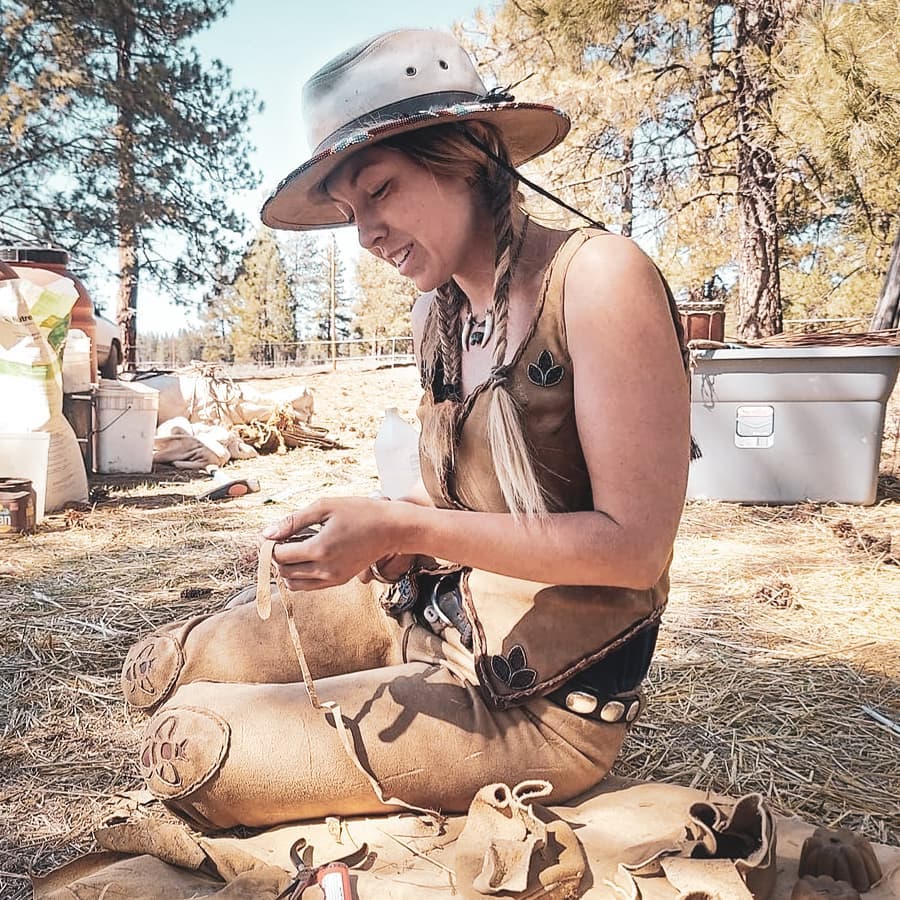
“My current bills are a cheap phone plan, gas for my car, food costs and hay for my horses.
“My income to pay for this current lifestyle comes from my Etsy Store, social media and odd jobs I do for locals.”
Manders learnt many of her current skills from her ex-partner, who she originally lived with in a canvas tarp in the summer, and a tipi in the winter, from 2019-2021.
Since splitting, she has ventured out on her own with her trusty Davis wall tent, where she remains today.
Food is a key part of her sustainable life, with Manders foraging, growing her own food, hunting and eating roadkill.
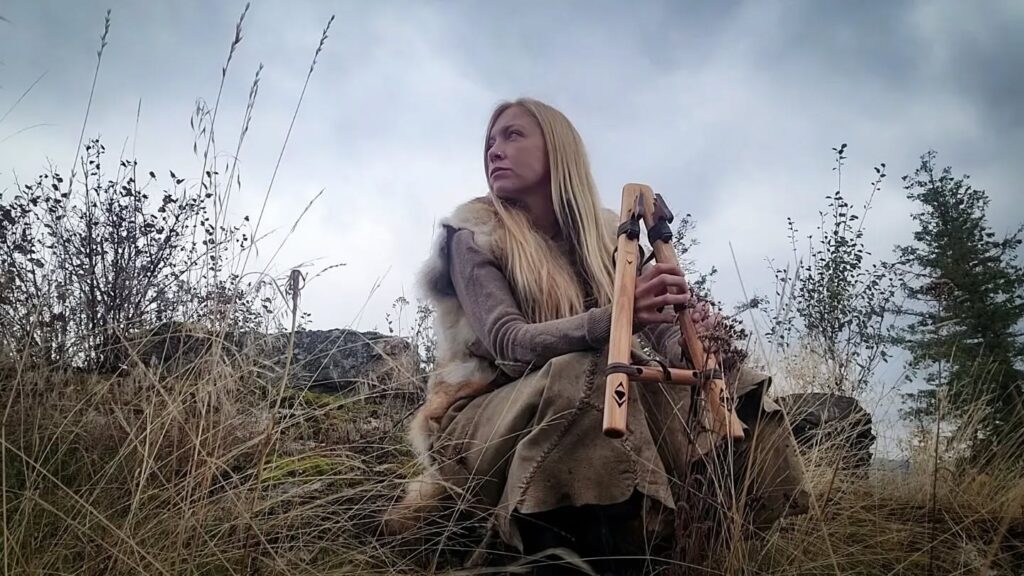
When she does need to shop, she chooses local farm stands and locally-owned farm shops.
She said: “I’m self-sufficient in many ways living this way.
“I avoid processed foods at all costs.
“I do salvage deer roadkill for food and other animal roadkill for clothing.
“I have a garden and grow simple vegetables in it like peppers, tomatoes and squash.
“Sometimes, when I’m able, I hunt for meat – mostly deer.
“One deer will usually have enough meat to last me a year and I can the meat to preserve it since I don’t have access to a chest freezer.
“But I do shop at local farm stands and locally owned farm stores for food – I always try to support local farmers and ethically sourced foods.”
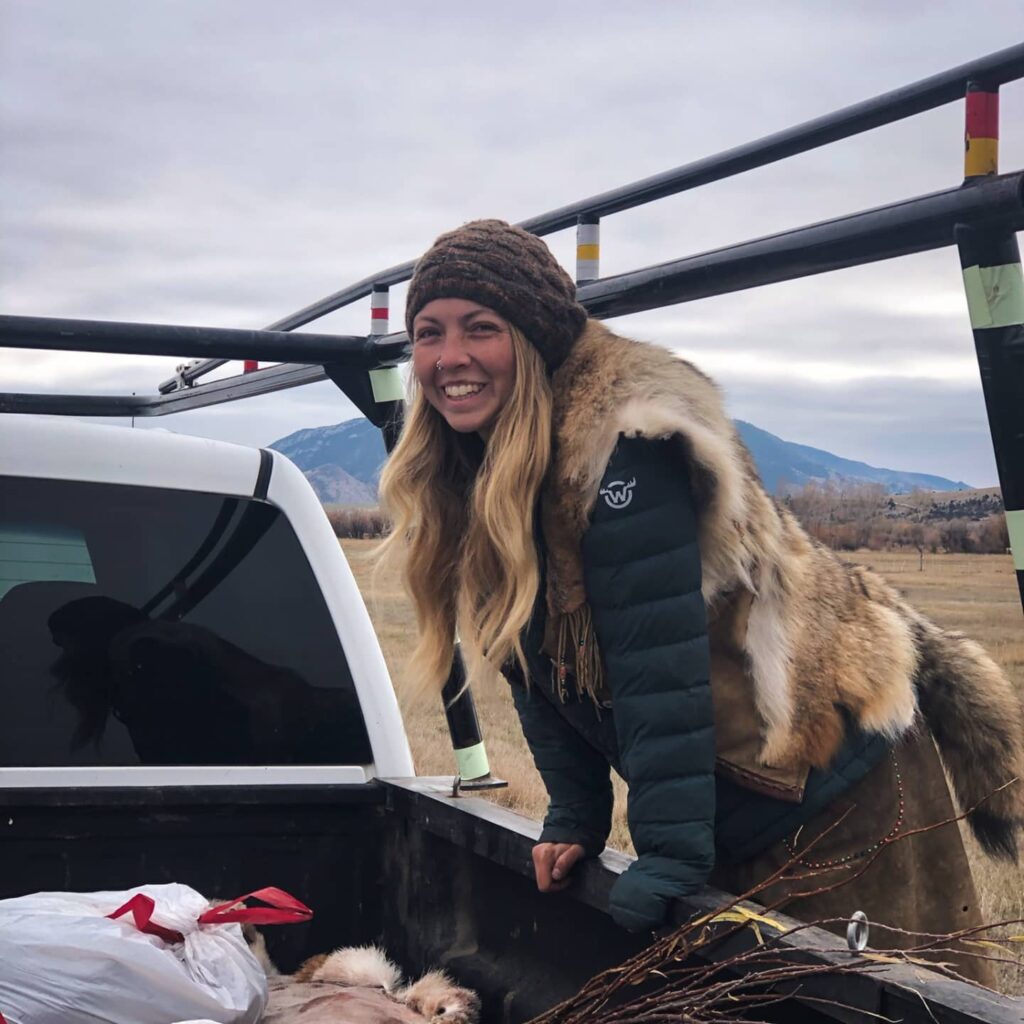
Her roadkill proves handy in other ways.
She said: ““I tan buckskin and fur pelts and turn the skins into bags, clothes, and other items.
“I try to use as much of the animal as possible.
“I love to make my own clothes and accessories through knitting, card weaving and hide tanning.
“Usually if I need a tool, I will try to make it so I don’t have to buy it.
“I’ve made a couple outfits from deer hides and fur pelts, as well as knitted warmer things like headbands and scarves.
“In the winter I need firewood but instead of buying it I will go cut it myself with a permit on public land.
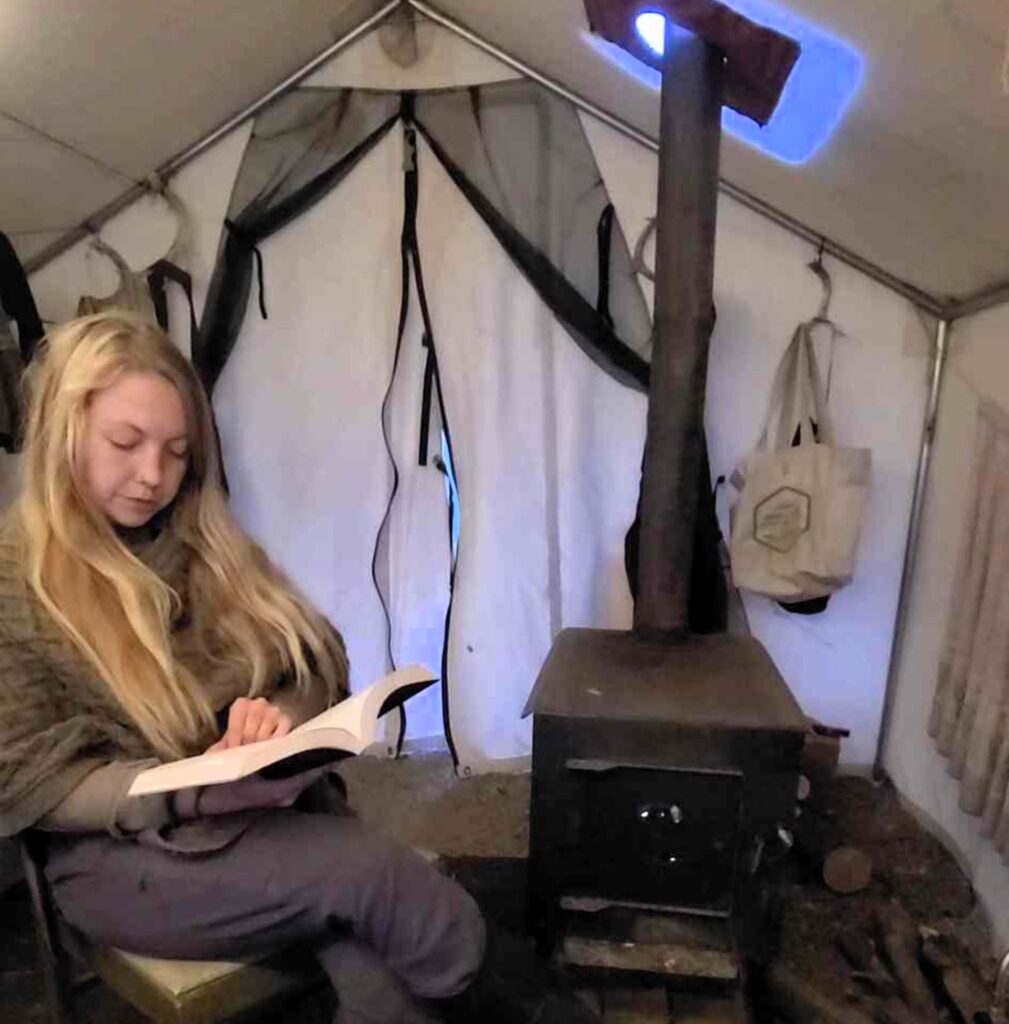
“Another way I’m self-sufficient is my foraging skills.
“I know a lot about wild native plants and can gather food and medicine throughout the year, as well as planting back some of those plants, to create a positive impact from my foraging activities.”
Manders documents her way of life on TikTok, where she has racked up over 200,000 followers – but viewers are often critical of her.
She explained: “Strangers on social media tend to have a variety of reactions however; some are enamoured with my lifestyle and others display hostility claiming I’m a fake.
“The negativity doesn’t bother me as much as it used to, as being on social media tends to come with criticism no matter what you do.
“I think the only downside [to my lifestyle] is having very few people to relate my perspectives to. “Living this way for years transforms a person both emotionally and psychologically that deviates from the “normal” modality of thinking.
“At times I feel distanced from the frivolous concerns of domesticated society which brings about a sense of futility when it comes to my own efforts.
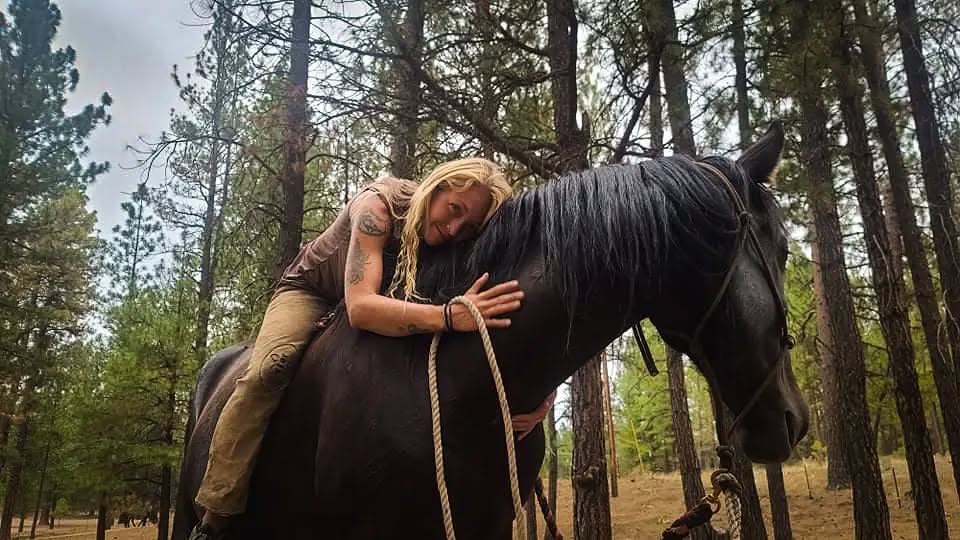
“Because I can’t relate to most others, they can’t relate to me, and that results in discord because I constantly speak out against the complacency for the destruction of ecosystems.
“But the best part of living this way has always been the ability to deepen my relationship with nature as well as practice individual autonomy and independence.”


